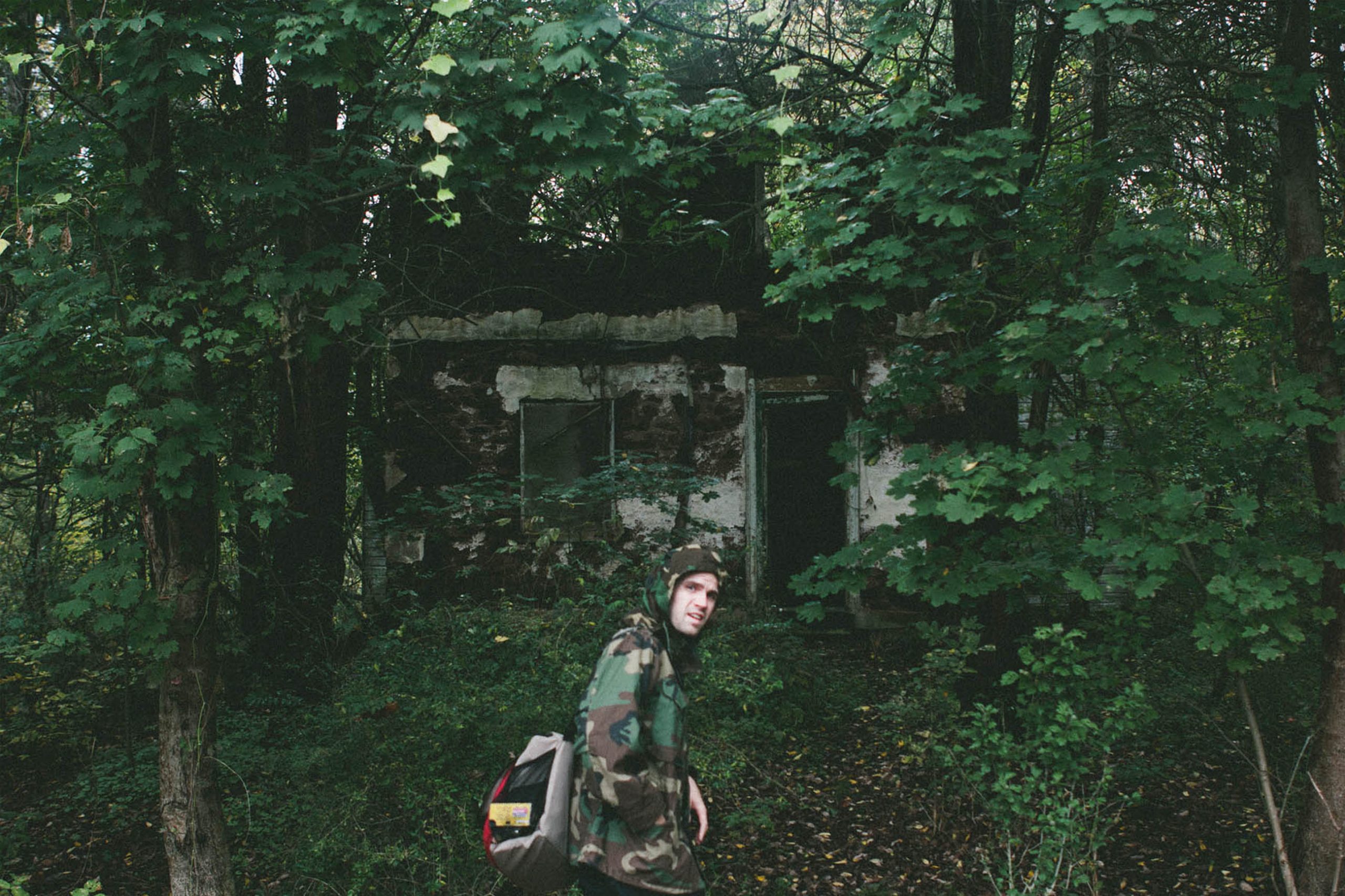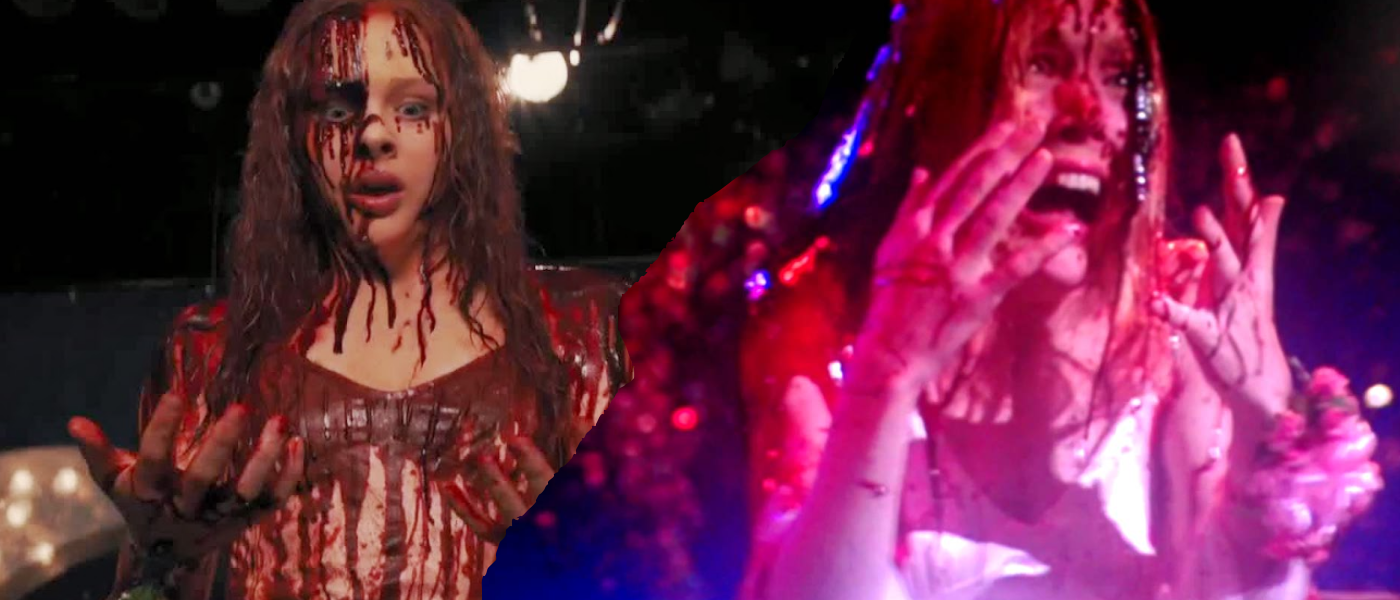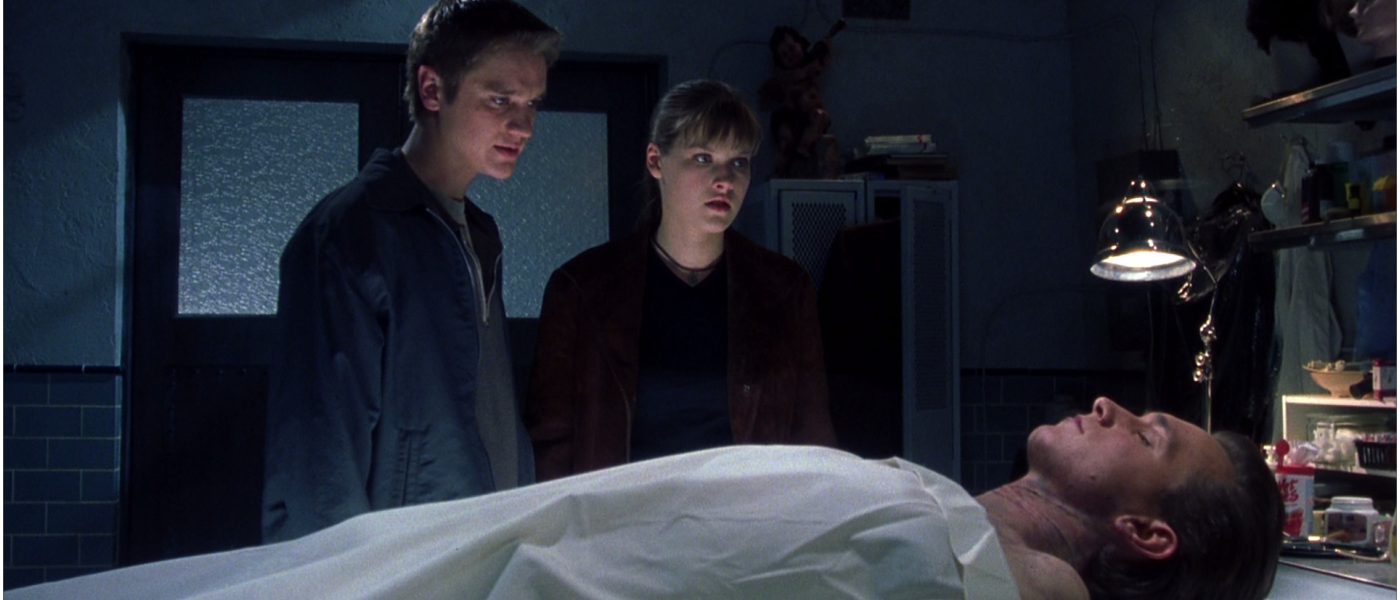Kicking off a slew of classic remakes in 2013 was Carrie, reimagined by director Kimberly Peirce. Checking off boxes for remake relevancy, Carrie had a marginal amount to gain in its third act from updated CG while the casting and overall production has stood the test of time. The remake is still divisive among horror fans, despite being arguably one of the better rehashings in recent memory, as there are things in each variation that outshine the other.
What the original Carrie does well is, in all honesty, most things. Sissy Spacek is the ultimate actress to play the blonde haired, blue eyed, innocent and obedient Carrie White. Piper Laurie as her mother shocked and baffled audiences for years with her convincing portrayal of strictly puritanical, harshly reactionary Margaret White. These two actresses, while not acting alone (in retrospect, it may have benefited from the omission of Scientology purveyor John Travolta), catapulted this movie into “classic” status. Without the frighteningly real commitment to their roles, the uphill journey toward and the impact of the climax wouldn’t be nearly as great. Even those who have not seen the movie, know the iconic look of frenzied bewilderment Spacek exudes after being doused with pig blood.
The backdrop setting of the ’70s may be distracting to new viewers today, but it sets up the interactions in a believable way. School dance are not what they once were. Cell phones have entirely changed the way we interact with each other. Bullying is something now addressed in schools. Some of the clothing is dated in the original, but plenty of it has since resurfaced in current trends. The kaleidoscope treatment of the shots of bystanders laughing after the pig blood incident probably stands out the most, but it reminds viewers that the filmmakers had the balls forty years ago to push the envelope of how horror was brought to the masses.
It is also worth noting that the 1976 original had the element of surprise with its crew. This was the first Stephen King novel to be adapted into a film, putting a spotlight on his work as material for adaptations. The director, Brian De Palma, had not yet added his most well known credits to his filmography either. He went on to direct Scarface, The Untouchables, and, um, Bruce Springsteen’s iconic “Dancing in the Dark” music video.
Moving onto the 2013 film: bringing Peirce on was a wise move. She has proven herself as an insightful force to be reckoned with, leaving her mark on queer cinema with the seminal Boys Don’t Cry. Her direction not only strengthens the character development of our leading lady, but also of supporting cast, who appear rather flat and one-dimensional in the original. Casting helped in part achieve this. Julianne Moore did an astonishing job keeping the evangelical vibes alive. Portia Doubleday took the mean girl trope to a whole new level. Unfortunately, Chloe Grace Moretz cannot compete with Spacek (injecting my own bias here: I have never been a fan of Moretz and finding out she was cast in this role was a let down). It’s not that she does a poor job, because objectively she committed to the role. In my opinion, she’s too conventionally pretty for Carrie and there’s nothing she can do about that; in fact, being too attractive isn’t a bad problem to have. It was just one of a few things that made the remake too Hollywood for my taste.
Showing violence off screen can not only save money but be more believable for the audience. The CG flames from the building exterior, the initial shockwave through the gymnasium, and the windshield showdown, while as well done as they can be, still create a longing for the practical effects of the original.
Arriving at a conclusion of which is the better film is purely personal preference, but I think it’s clear that mine is for the original. The remake was well done and is one of the better remakes created in the 21st century. The disconnect is to why the remake was necessary. Outside of being a cash grab, there isn’t a real discernable reason as to why this should have had more money funneled into it than an original idea. Why not give Peirce free reign? In horror and in the rest of the entertainment industry, it seems that the trend is to deal more with the devil we know than the devil we don’t.




